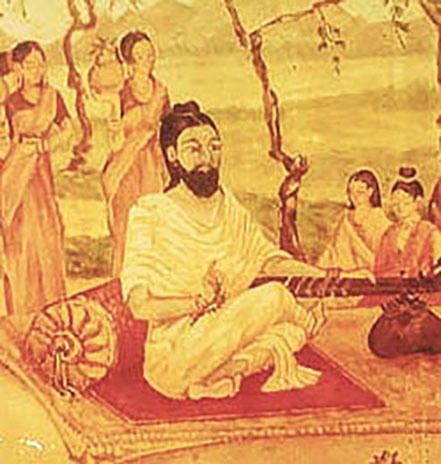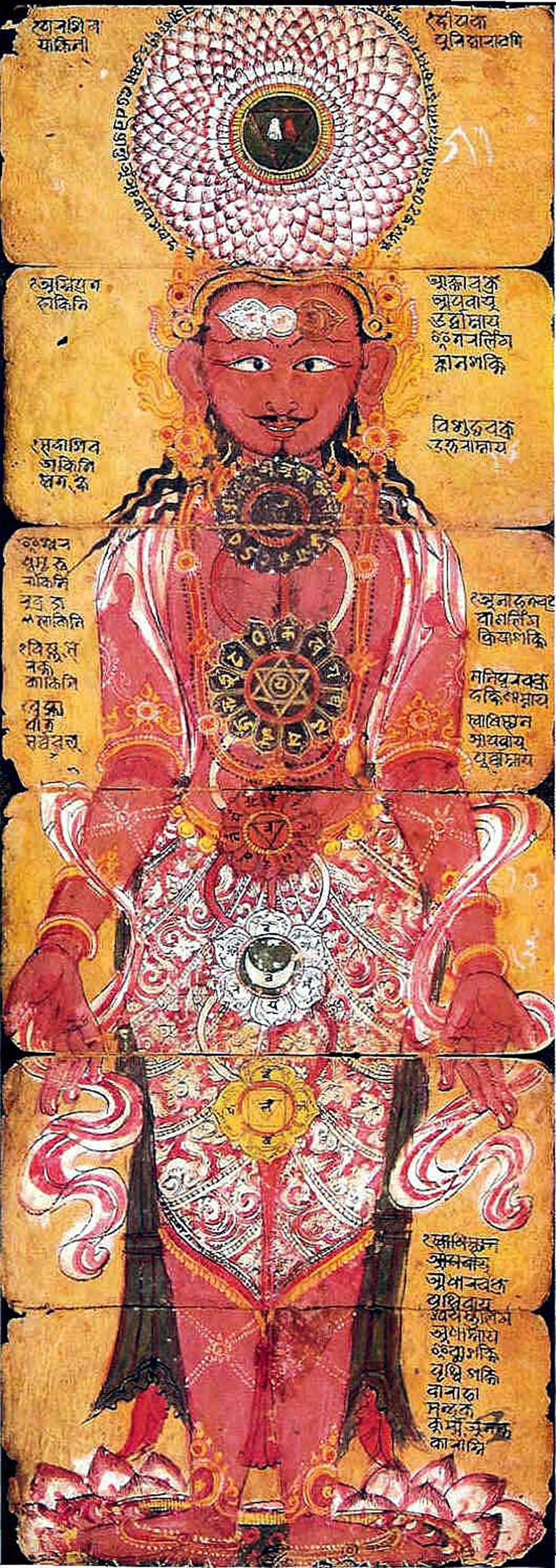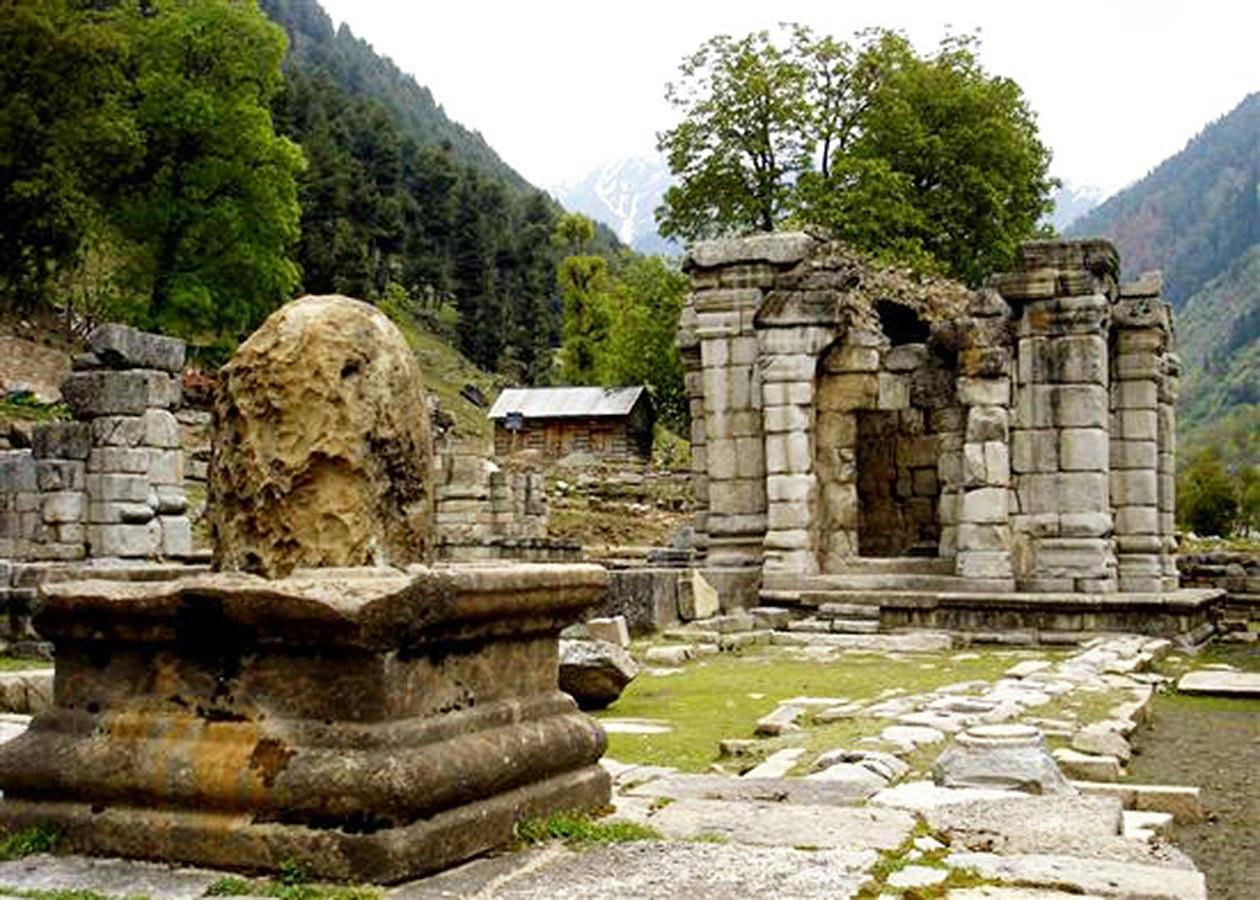Anuttara Trika Tradition



The highest insight of Anuttara Trika is union with Śakti, the triad of energies of will, knowledge, and action. This is Śiva’s Trident, the three aspects of His absolute nature and freedom, which He possesses by virtue of His union with His own emission. In the practice of Anuttara Trika, the sadhaka penetrates the energy of emission, becoming one with Śiva, the source and holder of the powers of the universe. — Abhinavagupta, eleventh-century Kashmiri master
Anuttara Trika was considered by the Kashmiri Śaivites to be the most elevated teachings of all the Tantric schools—of which they were, without a doubt, the greatest exponents. The single focus and purpose of the tradition is to achieve liberation, which Trika Śaivism explains is the recognition that reality is just One. That highest reality is called Śiva, the pure conscious nature that manifests as all things. Like a light that pours forth, illumines, and pervades everything, the light of Consciousness creates all infinite manifestations. This shining of Śiva is eternal, unending, undivided, and in all ways unconditioned. What we experience in our daily lives, in every moment, is part of that immense Consciousness.
The essence of the entire teaching of Anuttara Trika is that anything we do for our spiritual development is to achieve the recognition that there is only that One Reality and It is who we are: We are Śiva, shining and manifesting as all things.
The teachings and practices of the Trika tradition have, at their core, the singular intention to remove all limitations in order to help people achieve liberation quickly. The tradition taught intense inner yogic practices to achieve liberation, through an expanding state of consciousness full of the energies of Śiva. The worship of these energies, a dominant feature of the tradition, takes the form of the worship of the three goddesses who represent Śiva’s power. Experiencing the power of this inner flow of energy by regular practice, we are blessed with the gift of life. This is the grace of Presence, namely, “the Goddess as pure light which emanates and creates from within the suṣumṇa and creates you.”
Trika teachings explain that the configurations of the dynamic energies and inner forces within us—physical, mental, and spiritual—work together to constitute both the substance and essence of the living being. In Trika practices, the worship of these energies is a dominant feature, and it takes the form of the worship of the three goddesses who represent Śiva’s power.
In the ritual method of Trika practices, the triadic Goddesses are visualized in the form of a trident extending out the top of the head. Those three energies are Parā (the Supreme One), Parāparā (the Middle One), and Aparā (the Lower One). Although the Anuttara Trika practices taught by Abhinavagupta accommodate both the slower method of ritual initiation and the more direct method of śaktipāta, the direct awakening of Kuṇḍalinī in the “Initiation by Piercing” (śaktipāta) is the higher initiation and is considered to be the most excellent means to liberation.
The logic of the great Śaivite masters in calling Anuttara Trika the “highest” is that according to the revelation of their own experience, Trika encompasses the teachings of all other nondual schools. Everything culminates in Anuttara Trika.
Abhinavagupta quotes a teaching that is so important that it appears in several Tantras of various Śaiva schools. It says, “This (liberating) knowledge has three sources that establish its validity: the teacher, the scripture and oneself.” Abhinava comments that this is their order of importance. The teachings of the Master should be in harmony with the scriptures and these with one’s personal insight.
The Significant Canons of the Tantric Traditions
• Tantric practices focus on the rising of kuṇḍalinī—the power of the Divine within each of us—from the cakra in the base of the spine to the crown of the head. This is understood as the essential means to spiritual awakening and union with God.
• Tantrism’s fundamental philosophical assertion is that our existence is an expression of the Consciousness and creative energy of the Divine, which are never separate. Tantric masters described their experience of the Divine as conscious energy—a pure awareness that is utterly still and at the same time completely dynamic.
• Tantrism is inclusive of both men and women (many other types of practice exclude women), and accepting of householders into saṃnyāsa (renunciation).
• Tantra does not reject alcohol, meat, or sex as impure.
• Tantrism’s elegant explanation of the process of manifestation asserts that, from the simplest to the most complex levels of life, the same fundamental process repeats itself over and over again. The very process that manifests the universe also manifests our individual lives and experience, which contain all the same properties and attributes as the divine whole. Thus, we are not separate or different from the Divine.

